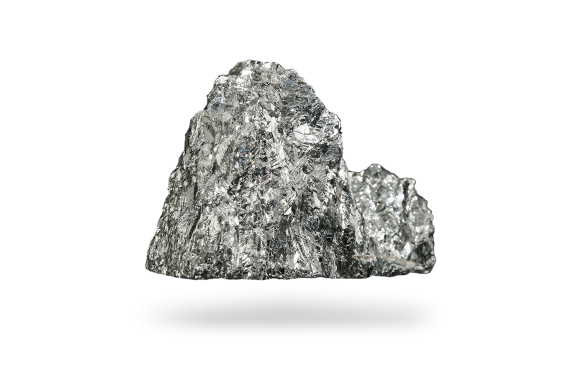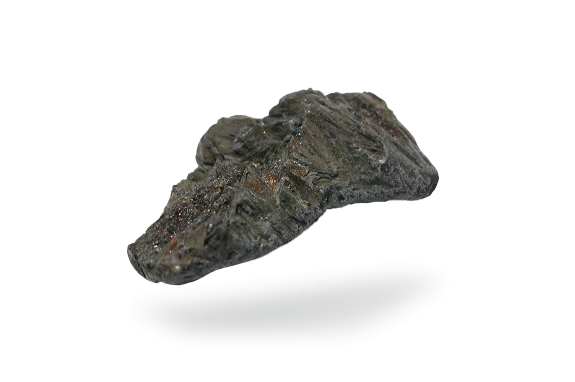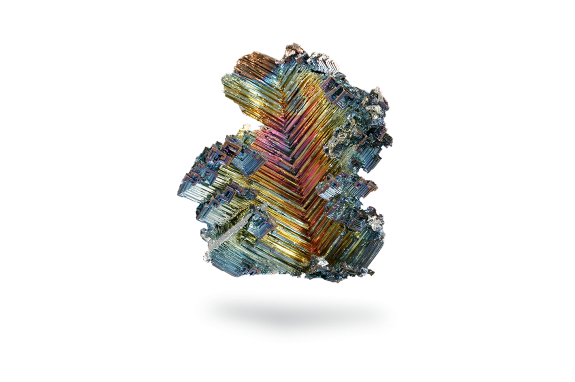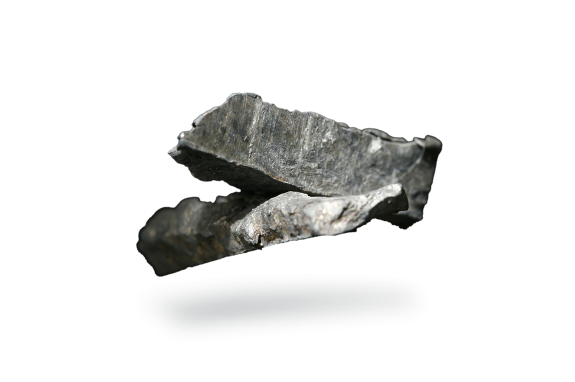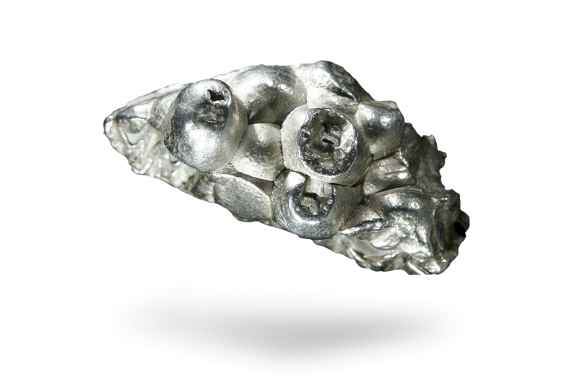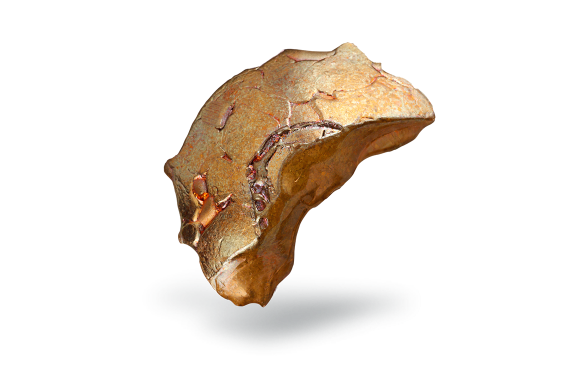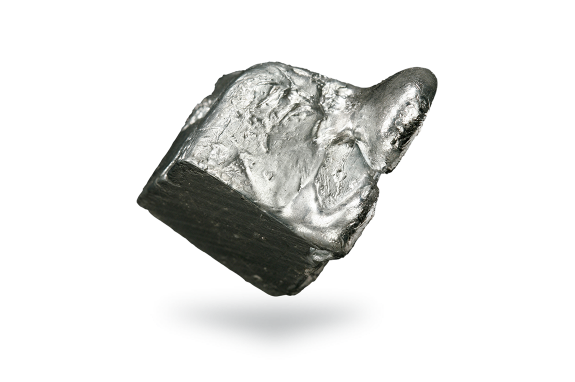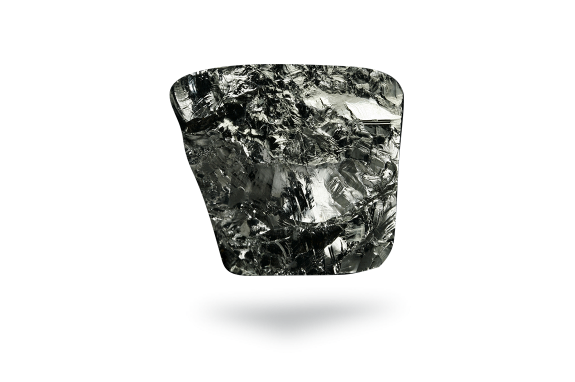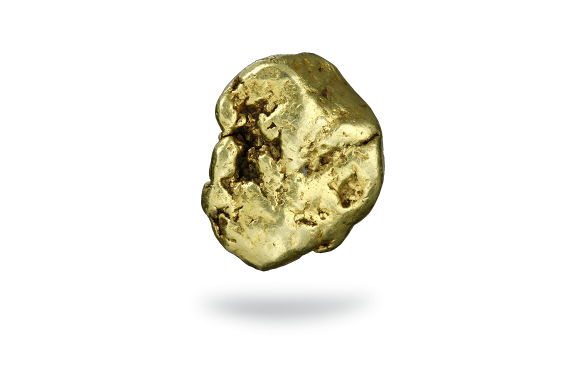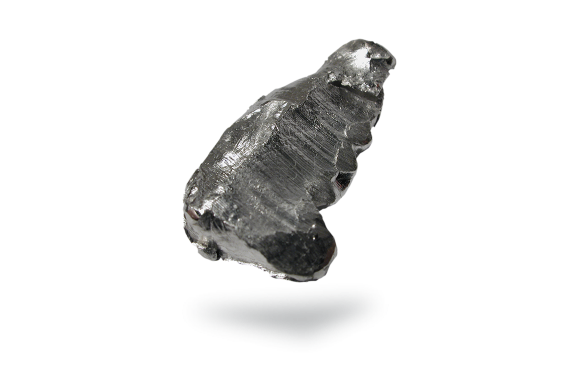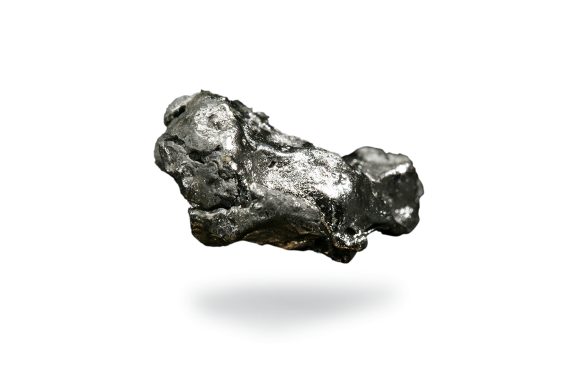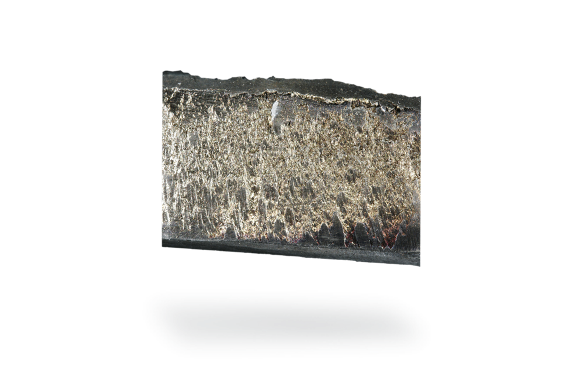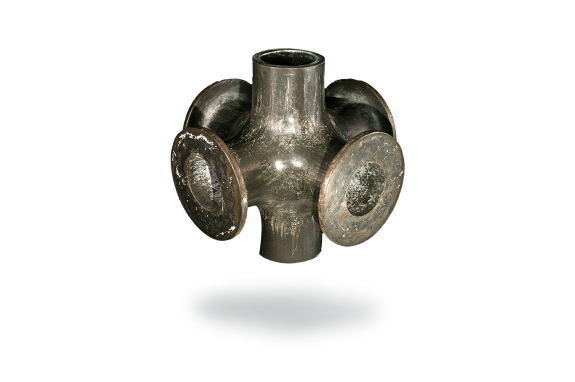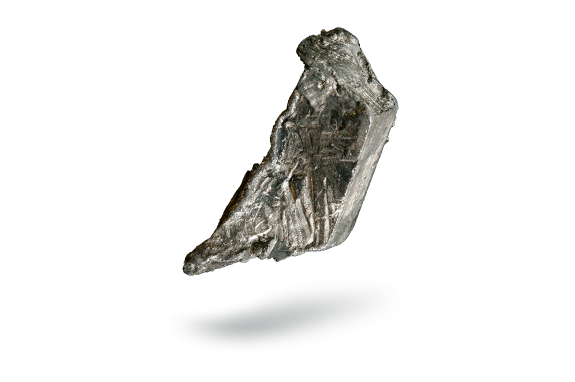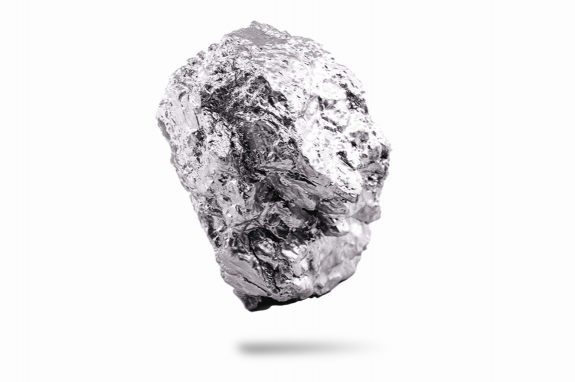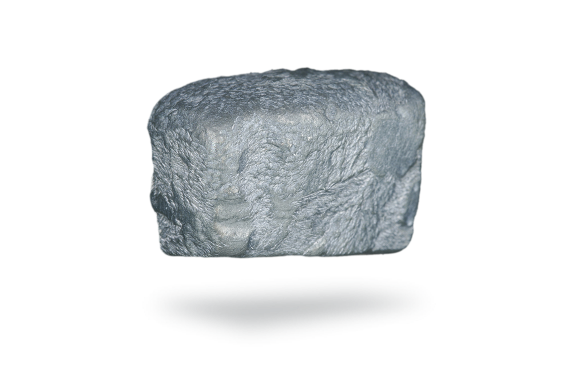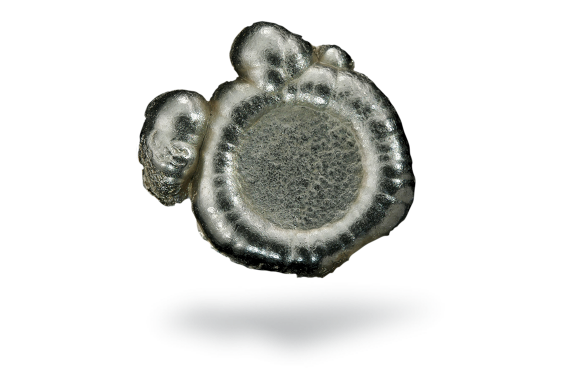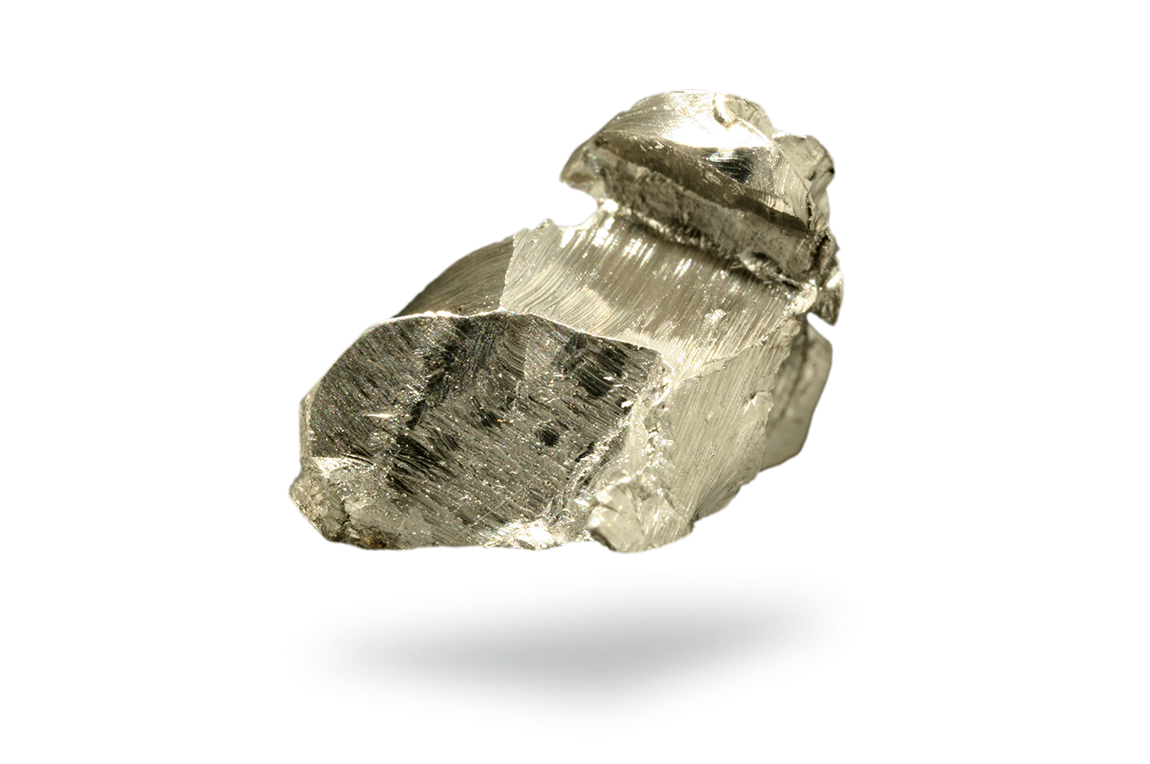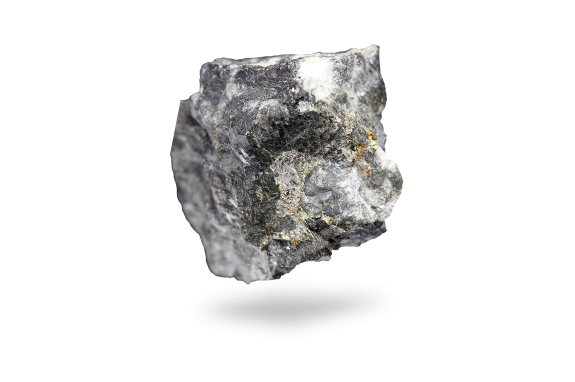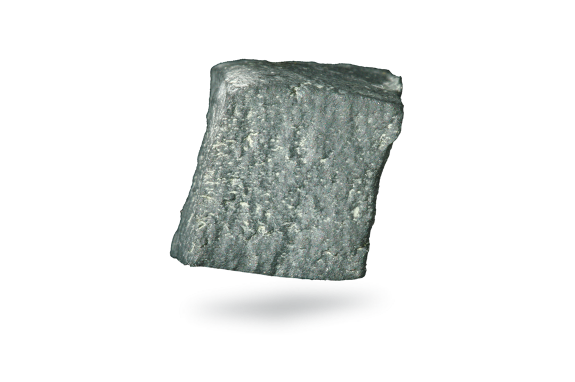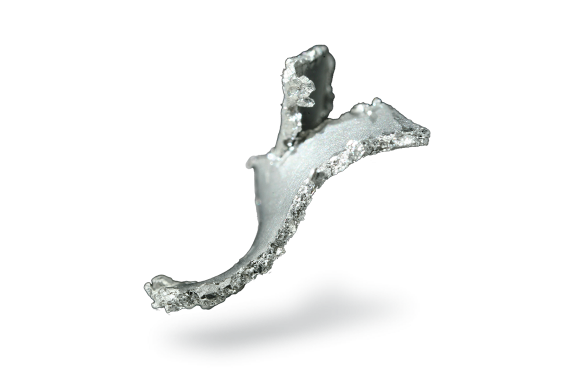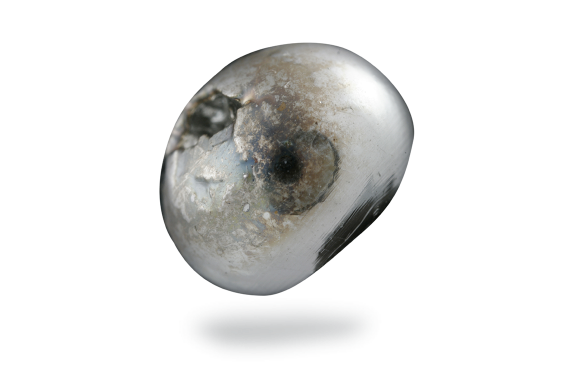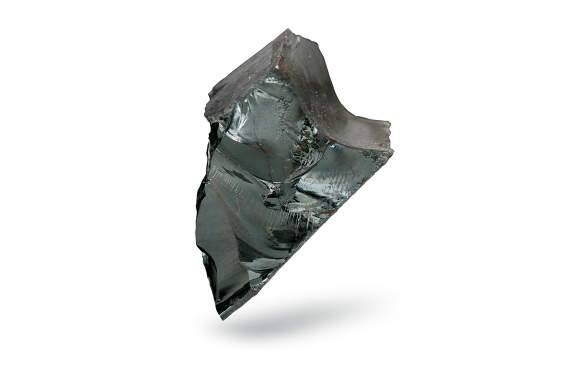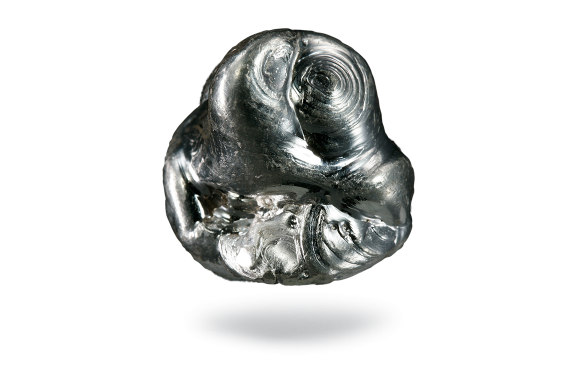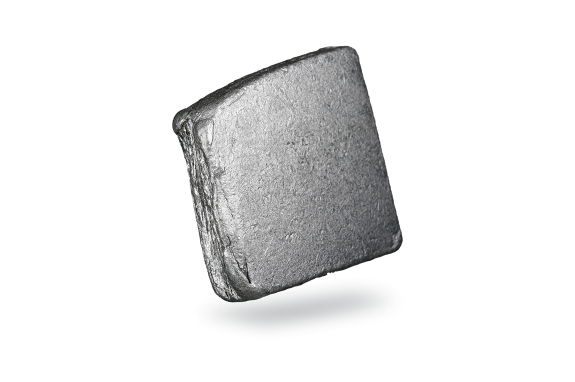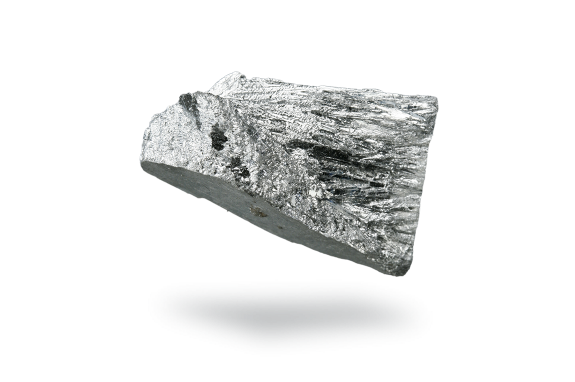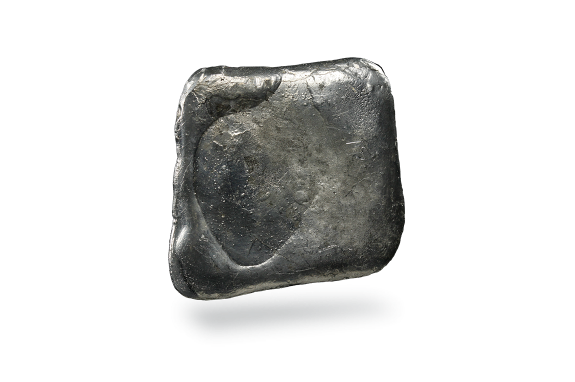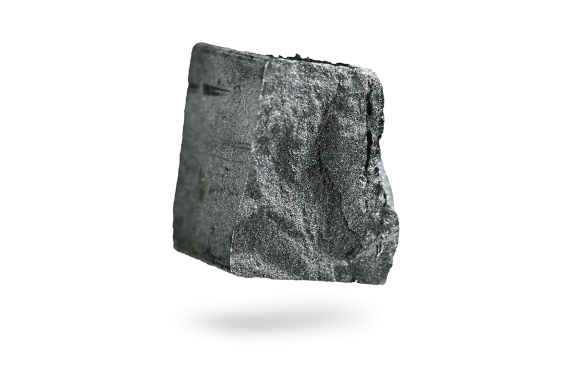Manganese
Did you know that manganese received its name from the Greek region of Magnesia? It is not found as a free element in nature, but it is often extracted in combination with minerals like iron. Although you may think that manganese is a pretty rare metal, it is very common in our daily life. We can find it in our stainless steel watches and in batteries powering our devices, but also in the human body. On average, the human body contains about twelve grams of manganese, mostly found in our bones.
Manganese is very important when it comes to iron and stainless steel production, accounting for over 90% of the manganese mined today. It is a key component for stainless steel formulations and often used with aluminum alloys. Other applications are non-ferrous alloys and alkaline batteries, both covering around 2% of global manganese demand. For lithium-ion batteries, the segment in which Umicore is active, it accounts for less than 1% of global demand.
One might not realize this, but manganese plays an important role in battery powered products. It acts as a stabilizer in the structure of NMC (nickel manganese cobalt) cathode materials and cathode materials are the key performing drivers of Li-ion batteries. Their composition helps determine how long you can talk on the phone, how far you can drive an electric car, how fast a battery can recharge and how much energy you can store from your solar panels. The manganese in the cathode material has an important impact on the safety of the battery cells and safety is a main priority when it comes to batteries that power electric cars and electric devices. Umicore is a global leader in NMC cathode materials.
Manganese pigments are also used in the glass industry to give glass a violet color. The use of these pigments can be traced back to the Stone Age, when the pigments were used in cave paintings. Of course, throughout history, its applications became more diverse from replacing nickel in US coins during World War II to using manganese dioxide as a catalyst.
Although the name may be associated with magnetism, this metal is not magnetic on its own.
Properties
Manganese is a hard, but very brittle metal with a pink-gray color. When pure, manganese can be very reactive and as a powder it can burn in oxygen. It is very easily oxidized and like iron it reacts to water and rusts. It is also very hard to melt.
Extraction
Manganese mines can be found all over the world. The highest concentration of reserves and mining activity are located in South Africa. The main market for manganese is in the form of a manganese ore, which is shipped to China for further processing into stainless steel and other applications. Other forms of manganese are mainly manganese metal and chemicals. The latter being the market segment in which Umicore sources manganese for its rechargeable battery materials activities.


